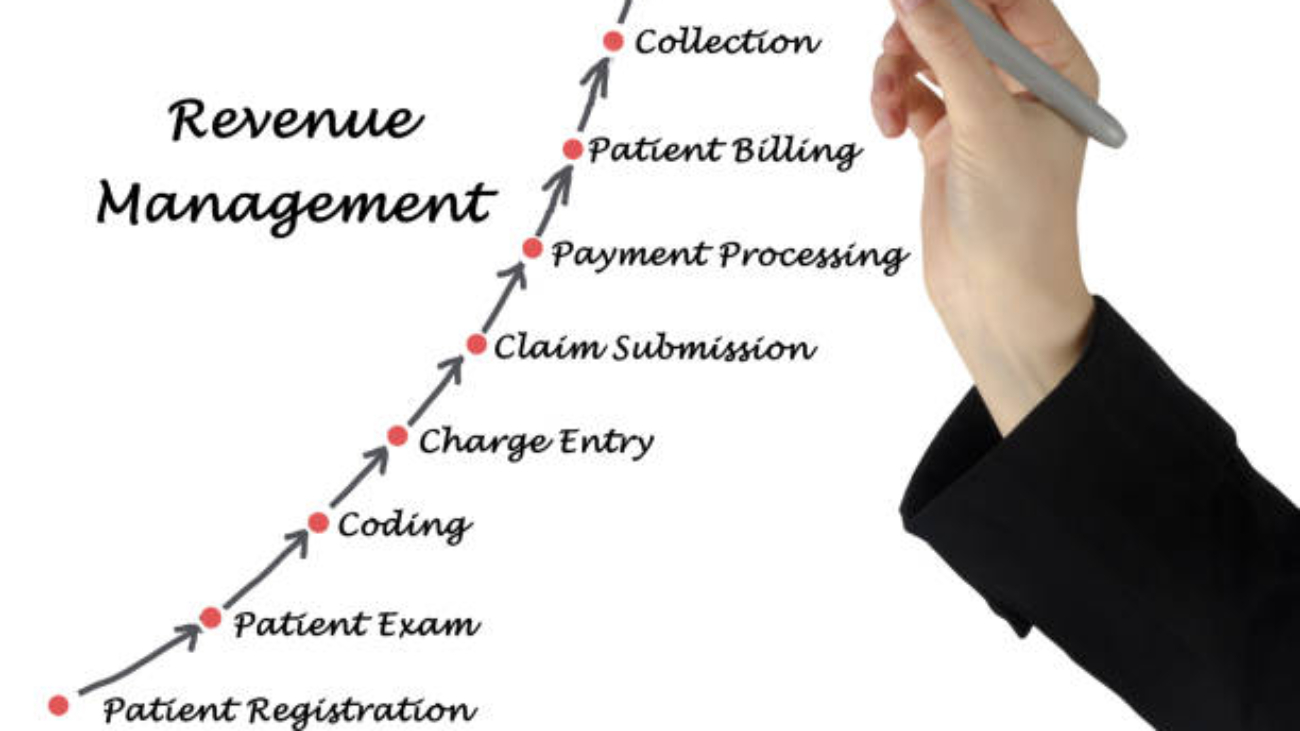Revenue Cycle Management (RCM) is the collective financi`al procedures practices use to manage patient care events from registration to final payment. RCM includes all the steps in the process from the moment a patient is identified to the point of receiving payment for services.

RCM is critical to managing a healthcare practice’s finances and operations. It is responsible for accurately tracking and collecting payments for services rendered and managing the cost of those services. RCM is also responsible for ensuring that any outstanding claims are resolved promptly. RCM systems help healthcare organizations reduce care costs and improve the patient experience.
Forecast of Revenue Cycle Management
The global Revenue cycle management (RCM) is projected to reach USD 67.8 billion by 2026 from USD 40.9 billion in 2021, at a CAGR of 10.6% during the forecast period. The growing adoption of RCM solutions and services by healthcare providers to streamline revenue cycle processes is a significant factor driving the market’s growth.
Moreover, the spike in adopting cloud-based solutions and the growing need for improving patient experience will likely propel steady growth of the revenue cycle management market in the coming years.
Emerging Trends in Revenue Cycle Management
- Automation: Automation is becoming increasingly important in revenue cycle management, with organizations turning to robotic process automation (RPA) and artificial intelligence (AI) to streamline and simplify mundane tasks.
- Analytics: Analytics tools help organizations gain insights into their revenue cycle performance. This allows them to identify bottlenecks, spot potential fraud and abuse, and better understand their financial health.
- Improved Patient Engagement: Technology is making it easier for practices to engage with patients and provide better experiences. This includes using patient portals and mobile applications to access real-time billing and payment information.
- Improved Contract Negotiations: Practices leverage technology to negotiate contracts with payers better. This includes using predictive analytics to forecast the impact of rate changes and identify the best terms for the organization.
- Payment Reforms: The healthcare system is undergoing major payment reform initiatives, such as value-based care and bundled payments. Practices must understand how these changes affect revenue cycle processes and adapt accordingly.
Challenges for Revenue Cycle Management
- Complexity: The revenue cycle is complex and requires organizations to manage multiple processes and systems. This can lead to errors and delays in payment.
- Lack of Standardization: There needs to be standardization of the revenue cycle processes, which can lead to errors and delays in payment.
- Lack of Automation: Many practices need more automation in their revenue cycle processes, which can lead to errors and delays in payment.
Types of Revenue Cycle Management Solutions
- Comprehensive Revenue Cycle Management Software: Comprehensive software solutions provide a complete suite of tools to manage the entire revenue cycle from the point of sale to claims processing, payment reconciliation, and beyond. These solutions often include patient and provider portals, integrated scheduling and billing systems, and analytics and reporting tools to track performance and payments.
- Medical Billing Software: Medical billing software handles medical services’ billing, coding, and payment processing. This type of software is typically capable of generating claims, processing them, and tracking payments. It may include appointment scheduling, electronic remittance advice, and electronic fund transfers.
- Claims Management Software: Claims management software is used to manage the processing of insurance claims, including verification of eligibility and coverage, filing of claims, and payment of claims. This type of software is typically capable of tracking claims, generating reports, and providing real-time updates on the status of claims.
- Payment Processing Software: Payment processing software processes payments from patients and insurers. This type of software is typically capable of accepting payments from multiple sources, including electronic fund transfers, credit cards, and other payment methods.
Adoption of Revenue Cycle Management Solutions
Revenue cycle management (RCM) is a critical component of healthcare practices as it manages the entire patient care process from initial billing to final payment. RCM solutions can help healthcare providers optimize revenue cycles by streamlining processes, reducing errors, improving efficiency, and driving revenue growth. Using robust and comprehensive RCM systems can help healthcare organizations better manage their revenue cycles, allowing them to focus on providing high-quality patient care.
Additionally, RCM solutions are essential for ensuring compliance with healthcare regulations and providing access to accurate and timely financial information. An RCM solution can help healthcare organizations reduce costs, maximize revenue, and increase patient satisfaction.
Conclusion
In conclusion, the revenue cycle management market is anticipated to witness healthy growth in the coming years due to the increasing demand for efficient healthcare services and technological advancements. Moreover, the growing demand for patient-centric services and the emergence of AI-based solutions are expected to create opportunities for market players.

